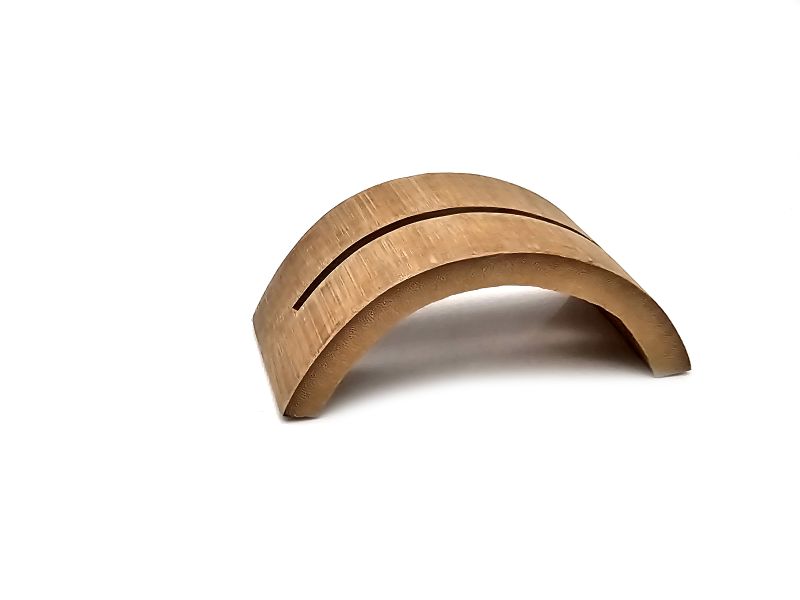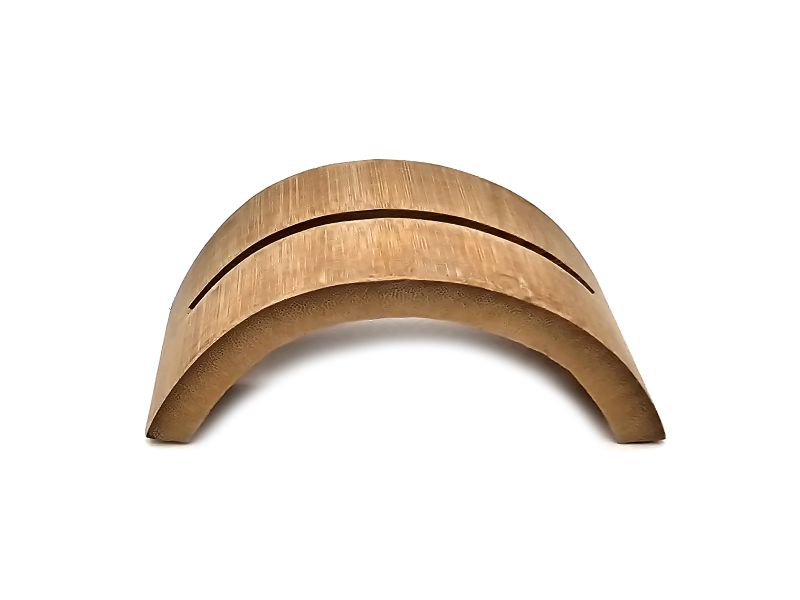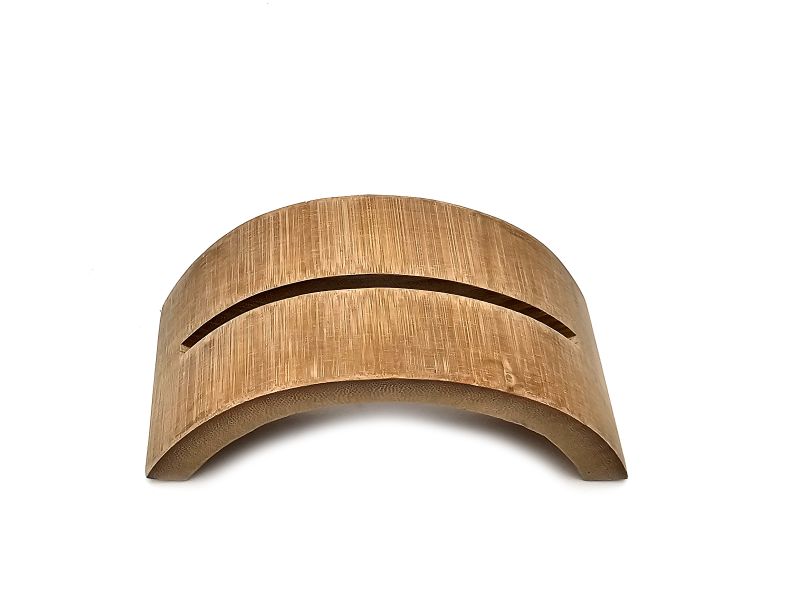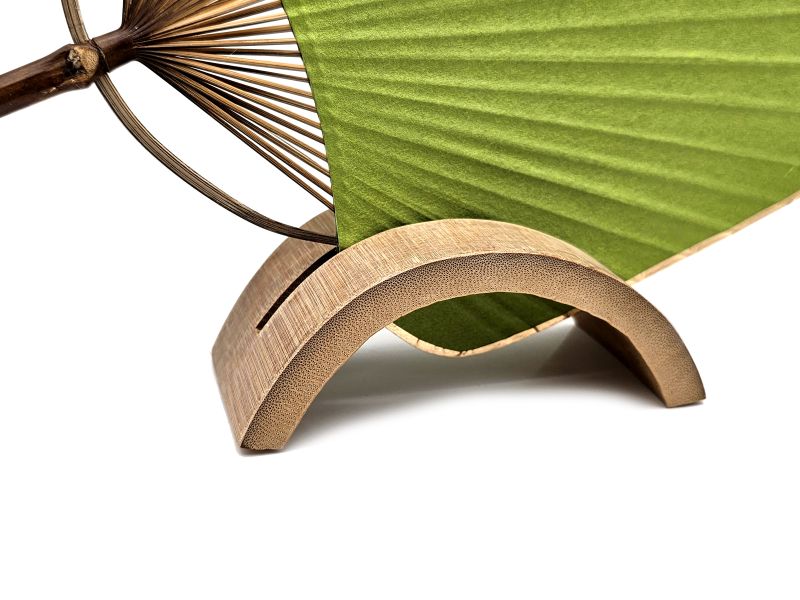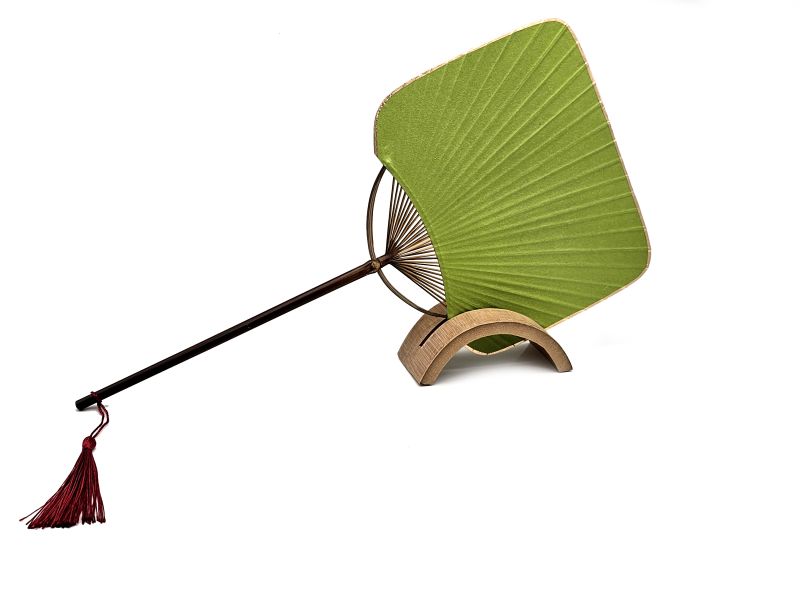Wooden fan holder - Bamboo
Natural Elegance: Bamboo Holders for Uchiha Fans
Welcome to our universe where elegance meets nature. Discover our exquisite collection of bamboo stands designed specifically for Uchiha fans.
Each rack is unique, combining the beauty of bamboo wood with modern functionality. Our bamboo stands provide a graceful presentation for your Uchiha fans, showcasing their unique beauty.
Carefully crafted, these holders are the perfect choice for those who appreciate fine craftsmanship and connection with nature. Let yourself be seduced by the sophisticated simplicity of bamboo, bringing an organic touch to your fan collection. Add a touch of zen to your space by displaying these bamboo stands, creating a harmonious visual experience between traditional Japanese art and the natural beauty of the material.
Explore our selection of bamboo stands and give your Uchiha fans the display they deserve. A perfect meeting of tradition, elegance and simplicity, to elevate your fan collecting experience to new heights.
The History of Fans in China:
Chinese fans, symbols of elegance and refined art, have a history that dates back several millennia. These delicate objects are not just practical accessories; they also embody the richness of Chinese culture throughout the ages.
Chinese Fans in Ancient Dynasties:
The use of fans in China dates back to the Han Dynasty (206 BCE - 220 CE), where they were often crafted from bird feathers or thin bamboo slats. Over the centuries, their design and use evolved, reflecting the artistic trends of each era.
Folding Fans and Hand Fans:
During the Tang (618-907) and Song (960-1279) dynasties, folding fans became popular, characterized by their accordion-fold structure. These fans were often used in the imperial court and adorned with intricate designs. During the Ming Dynasty (1368-1644), hand fans gained popularity, featuring poetic designs and nature scenes.
Silk and Paper Fans:
In subsequent dynasties, such as the Ming and Qing, Chinese fans saw a diversification of materials used. The use of silk for fans became common, adding a touch of luxury to these functional artworks. Paper fans, more affordable, became popular among all social classes.
Symbolism and Culture of Fans:
Chinese fans were often infused with cultural symbolism. Motifs such as flowers, birds, poems, and landscapes were chosen for their positive meanings, conveying messages of good fortune, prosperity, and beauty.
The Art of the Fan:
Fans also played an essential role in traditional Chinese arts, including dance, theater, and calligraphy. They were used to accentuate the grace of movements or to express emotions in artistic performances.
Thus, the history of fans in China is a testament to the artistic, cultural, and social evolution of the country through the centuries, with each fan becoming a window into the rich past of this civilization.











